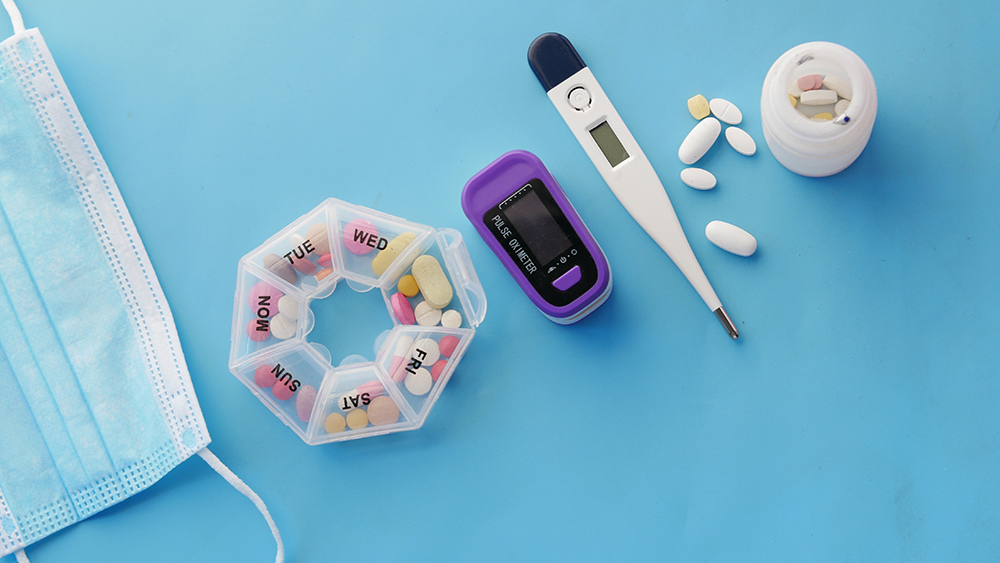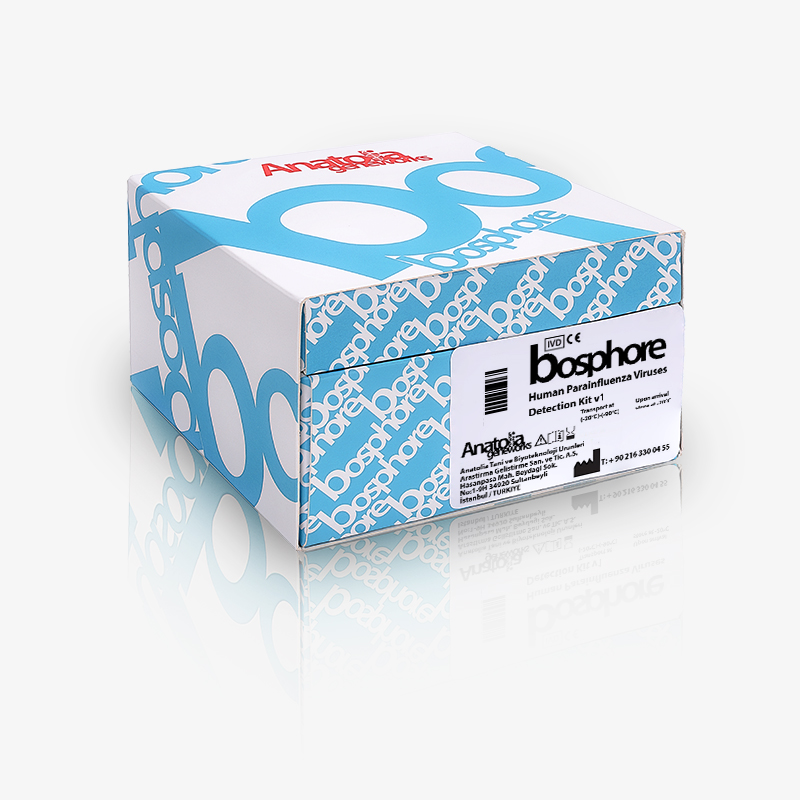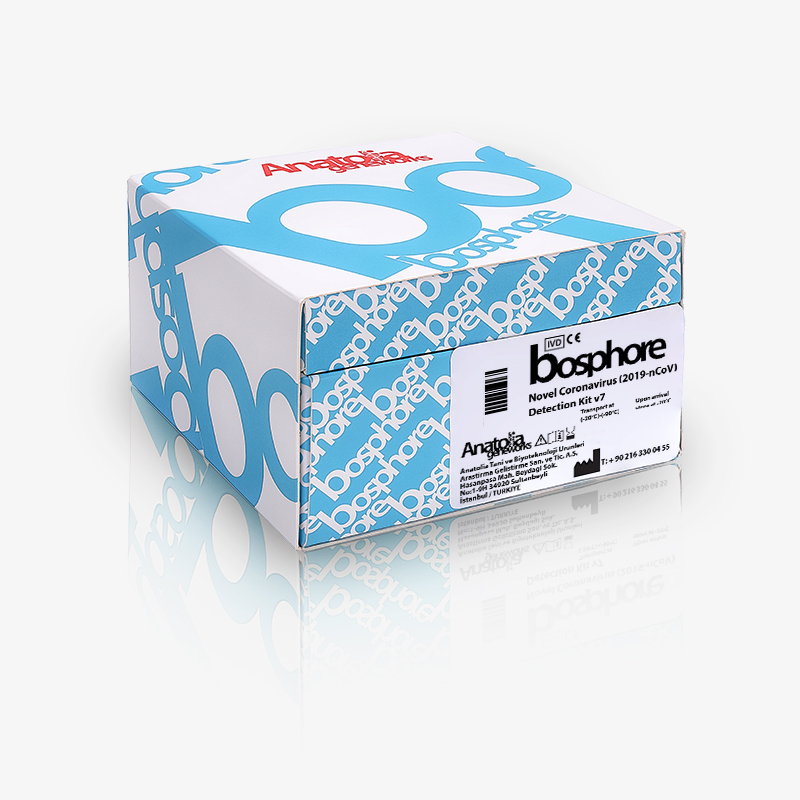What Is RSV?
RSV can cause epidemics all over the world, usually in winter. It is an RNA virus that can affect all respiratory tracts, including the nose, throat, and lungs. Despite the immunity to the post-infection disease, the possibility of recurrence of the infection is high. RSV is also an important and often undiagnosed cause of lower respiratory tract infection in elderly and immunocompromised patients. The virus is the most common cause of lower respiratory tract infections (LRTIs) in children younger than one year, and almost all children have the disease by the age of two. RSV may result in pneumonia and death. Babies younger than six months, children and adults with chronic lung disease (bronchopulmonary dysplasia, cystic fibrosis), babies born before 35 weeks of gestation, babies with congenital heart disease, children, leukemia and severe combined immunodeficiency patients, and the elderly living in nursing homes constitute the patient group in which the disease can progress more severely and fatally.
Whar Are The Symptoms of RSV Infection?
The clinical manifestations of RSV infection vary with age and the individual’s immune status. Like other respiratory viruses, symptoms of RSV infection often include runny nose, coughing, sneezing, fever, decreased appetite, and wheezing. Symptoms usually occur in phases. In very young infants, restlessness, decreased activity, feeding, and breathing troubles may occur as the only symptoms. While older children and adults often have typical symptoms of upper respiratory disease, lung infections can develop, especially in the elderly or immunocompromised.




